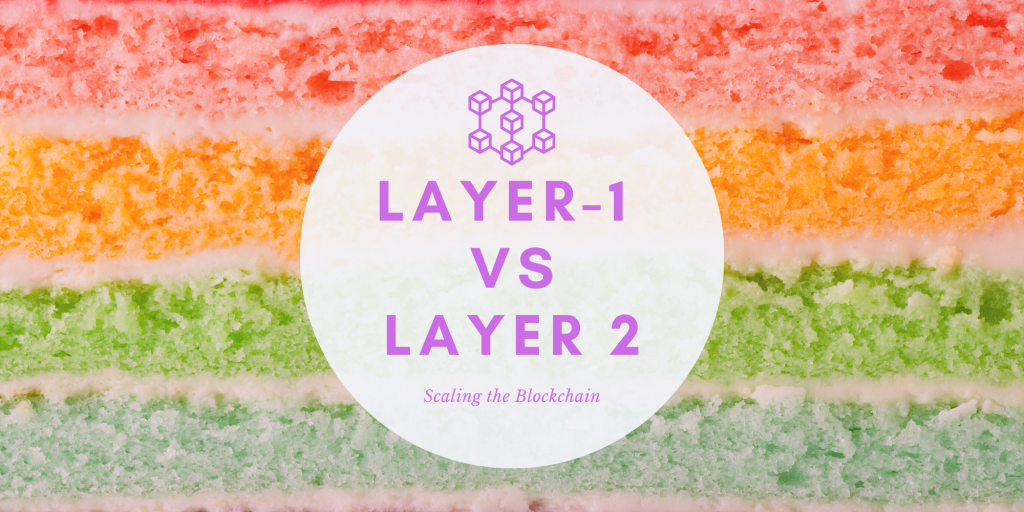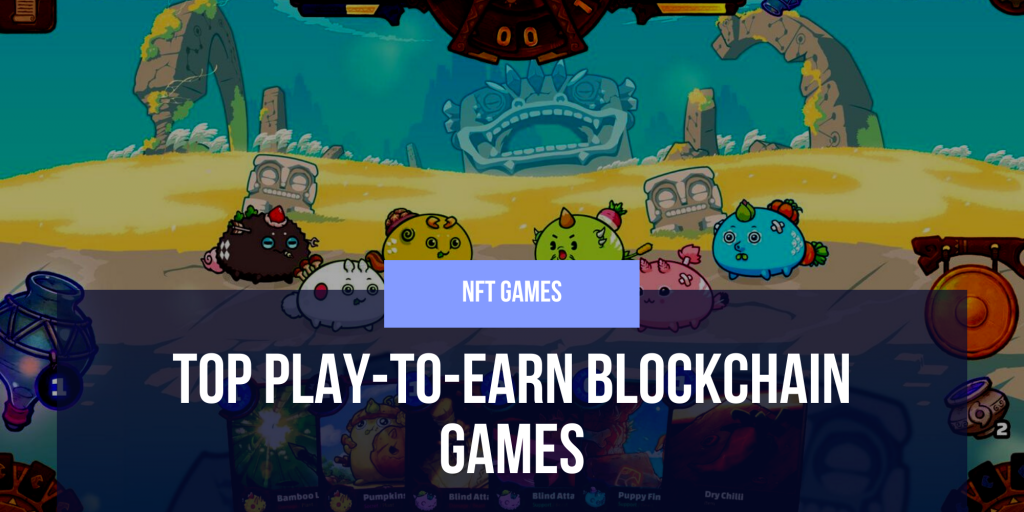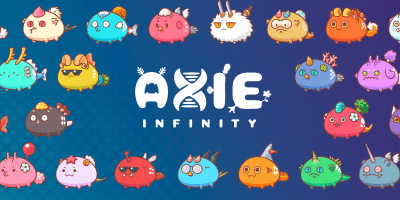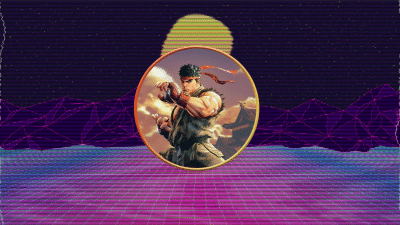Layer-1 vs. Layer-2 Blockchains: What You Must Know
Bitcoin did the heavy lifting of creating a peer-to-peer decentralized and tokenized financial network. One person can send another person halfway around the world $1,000,000 in BTC for a paltry $20, sometimes even as low as a dollar and change. The problem is that microtransactions, such as sending a friend $4 for a cup of …
Layer-1 vs. Layer-2 Blockchains: What You Must Know Read More »




